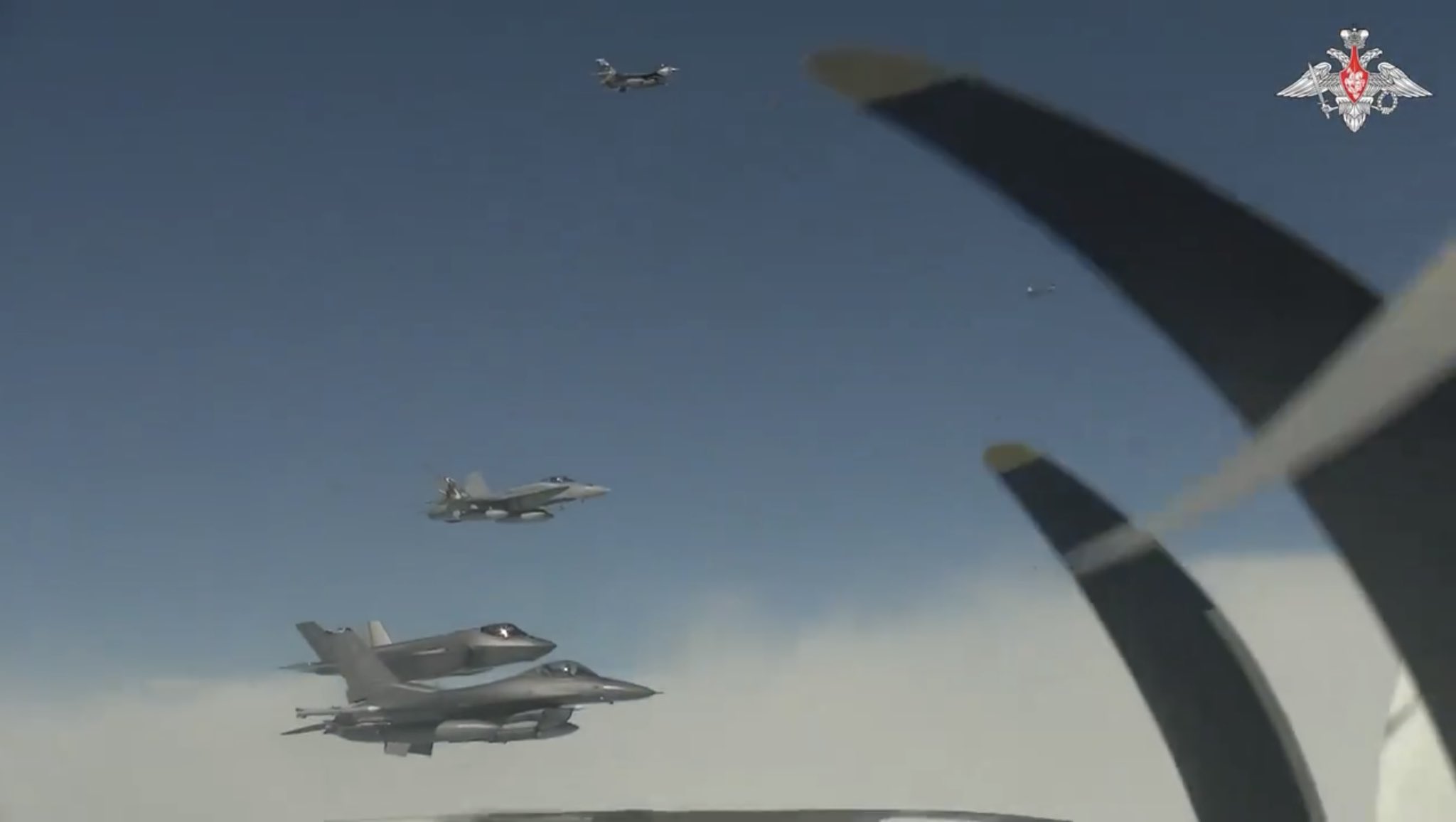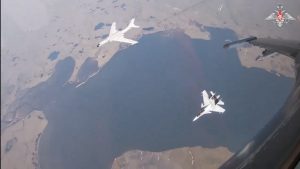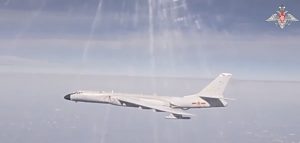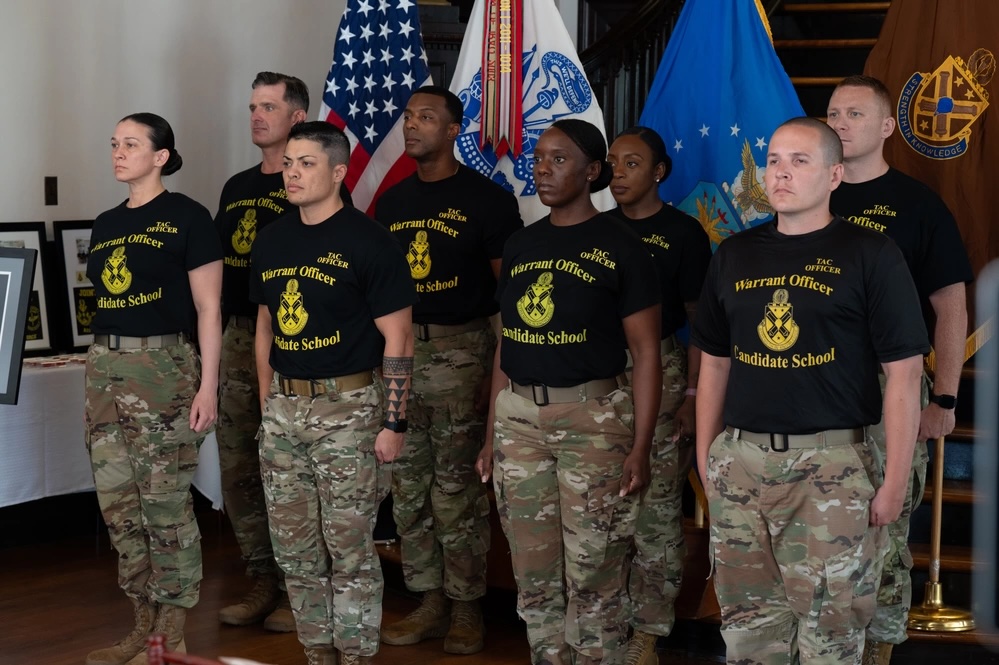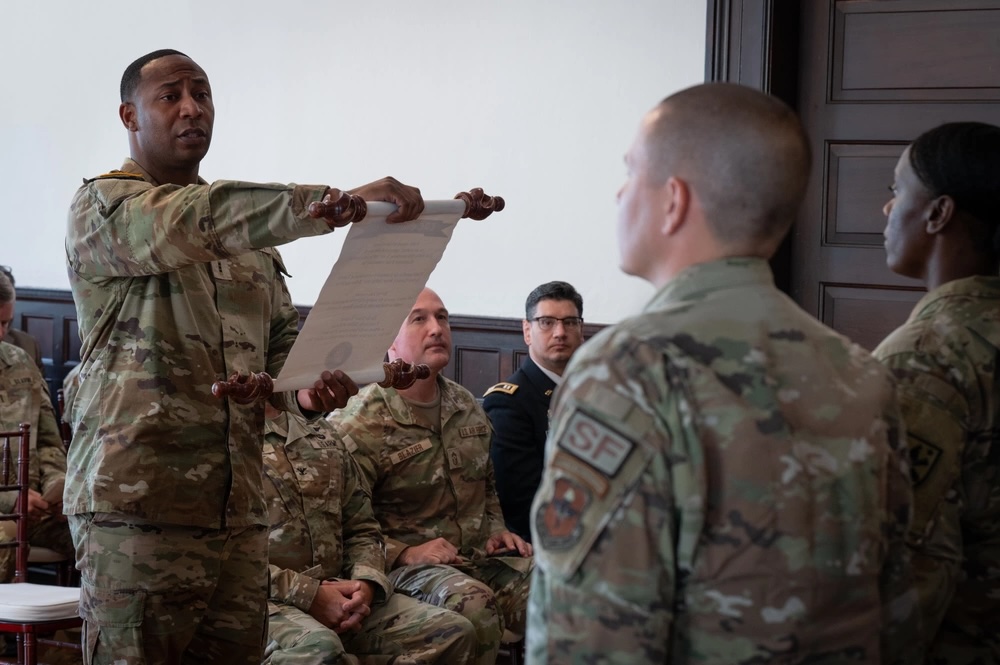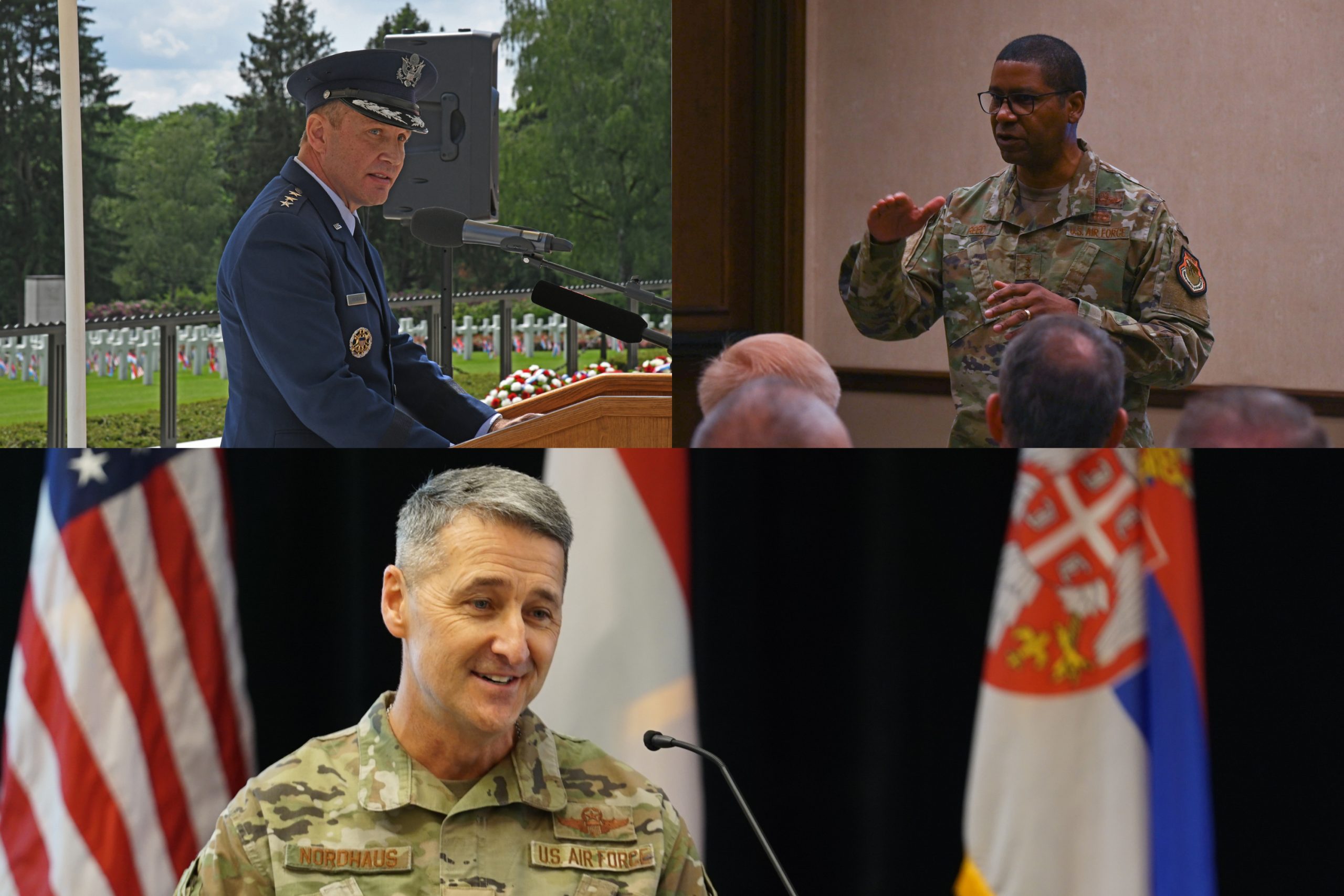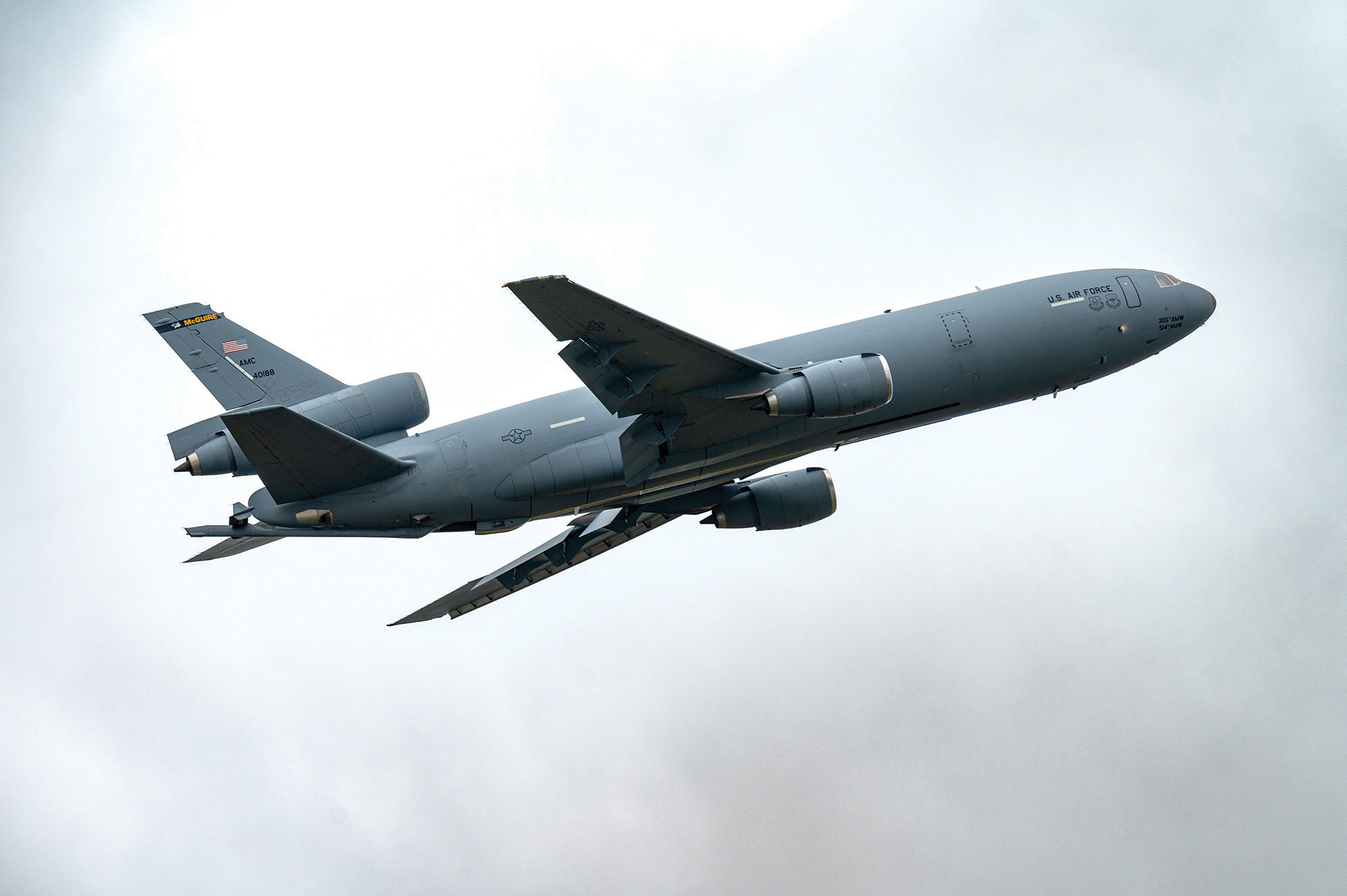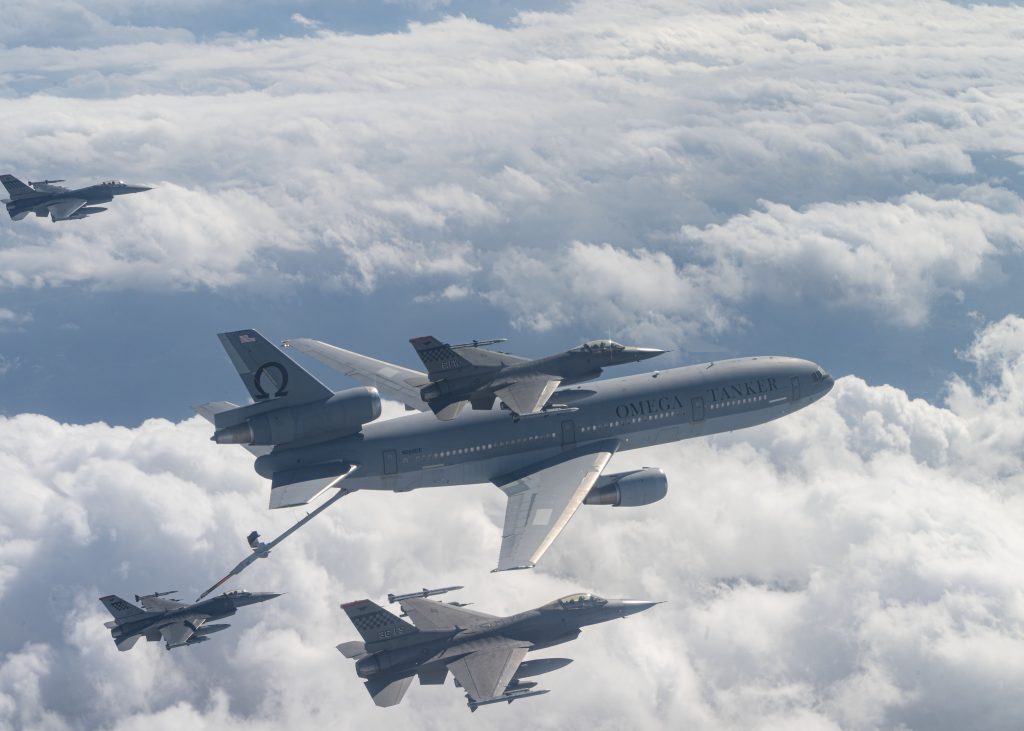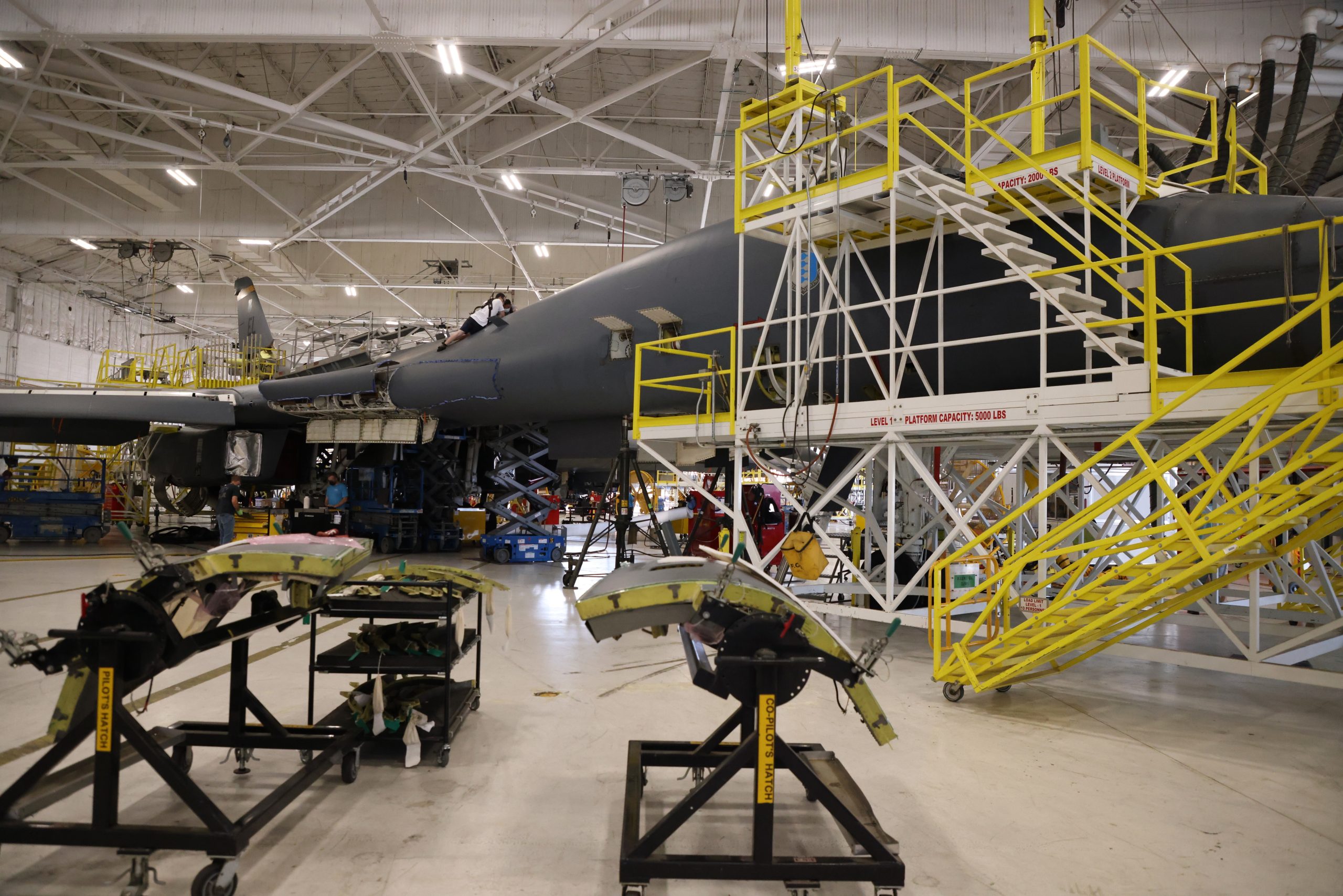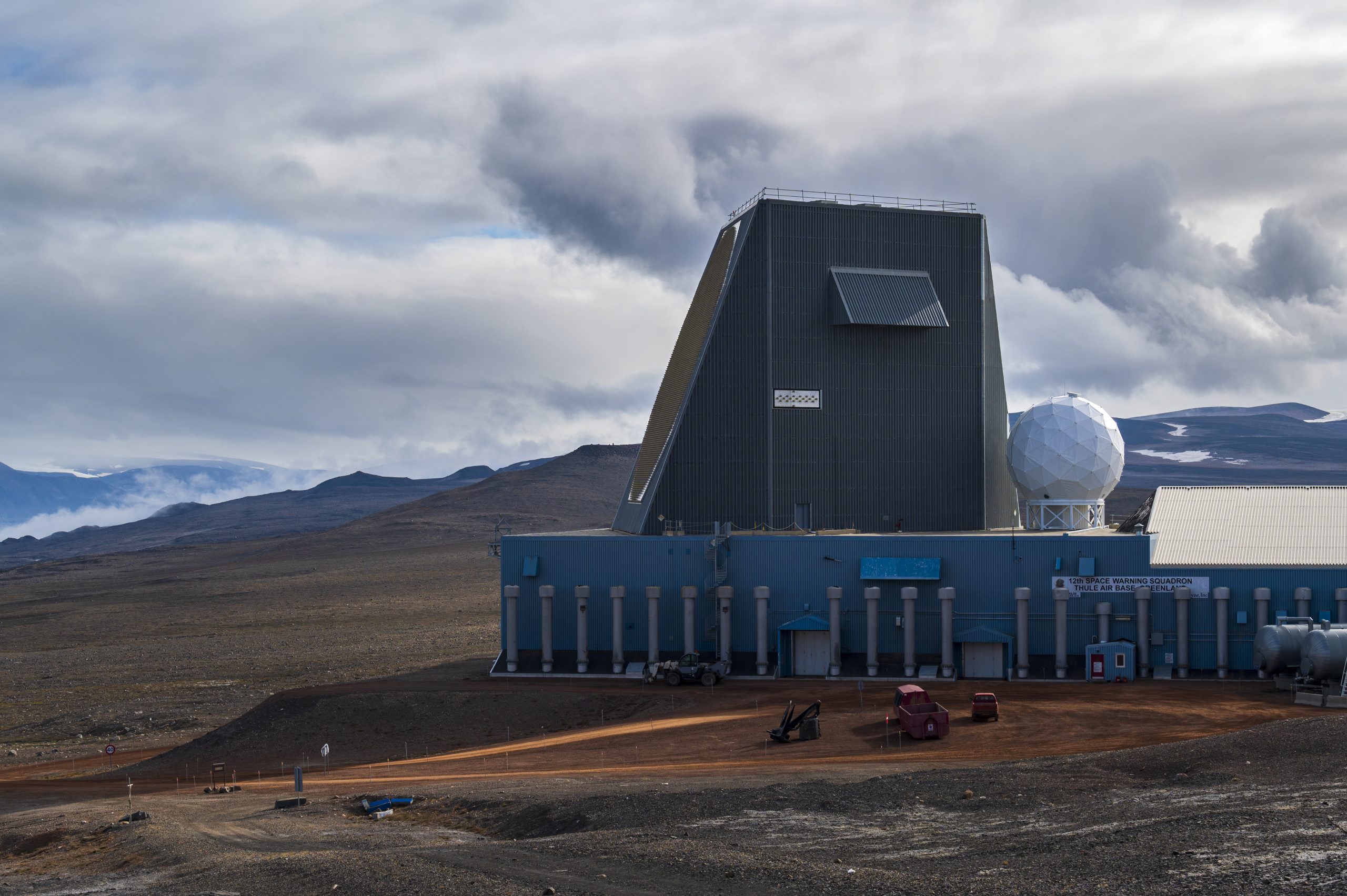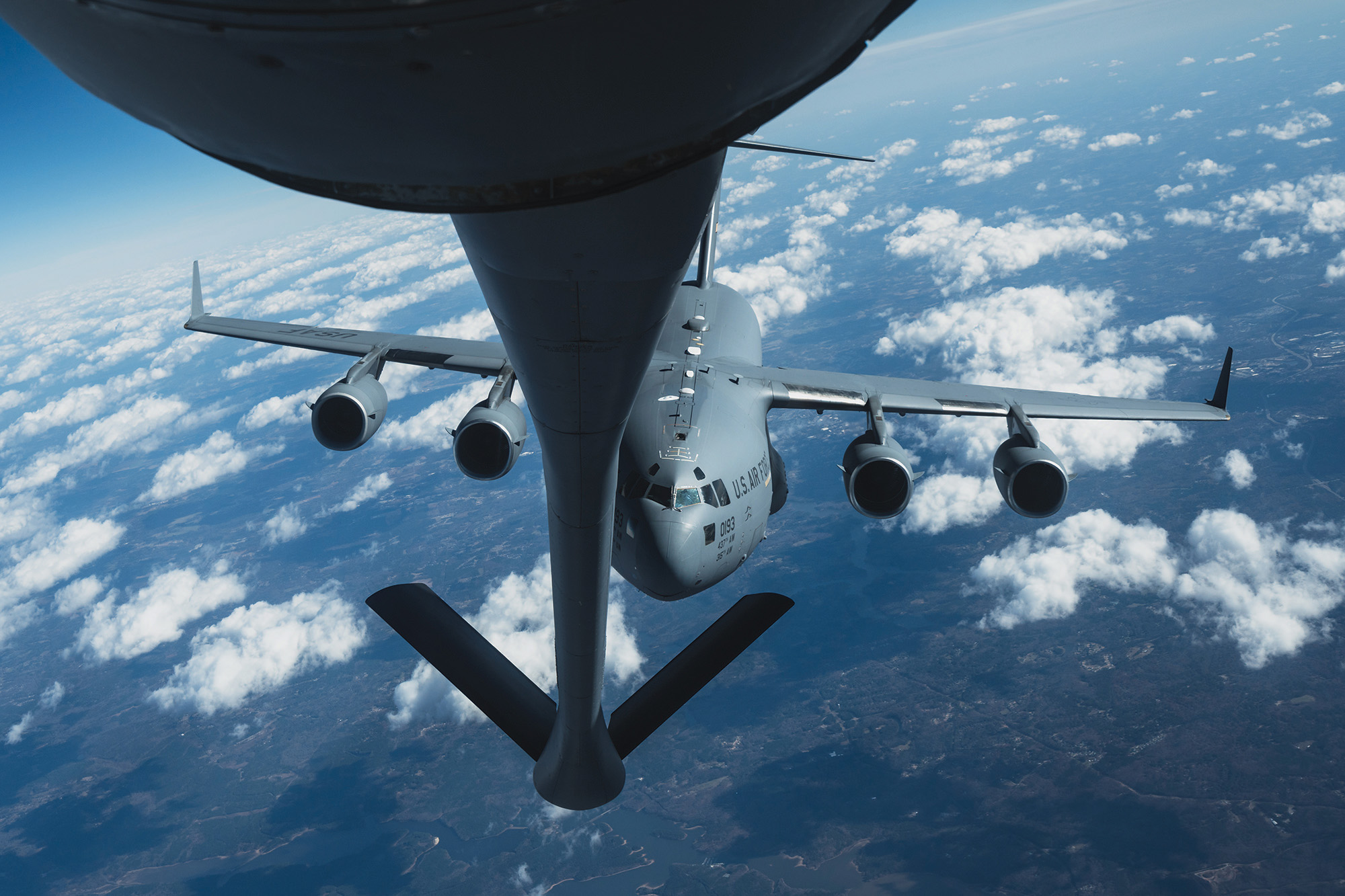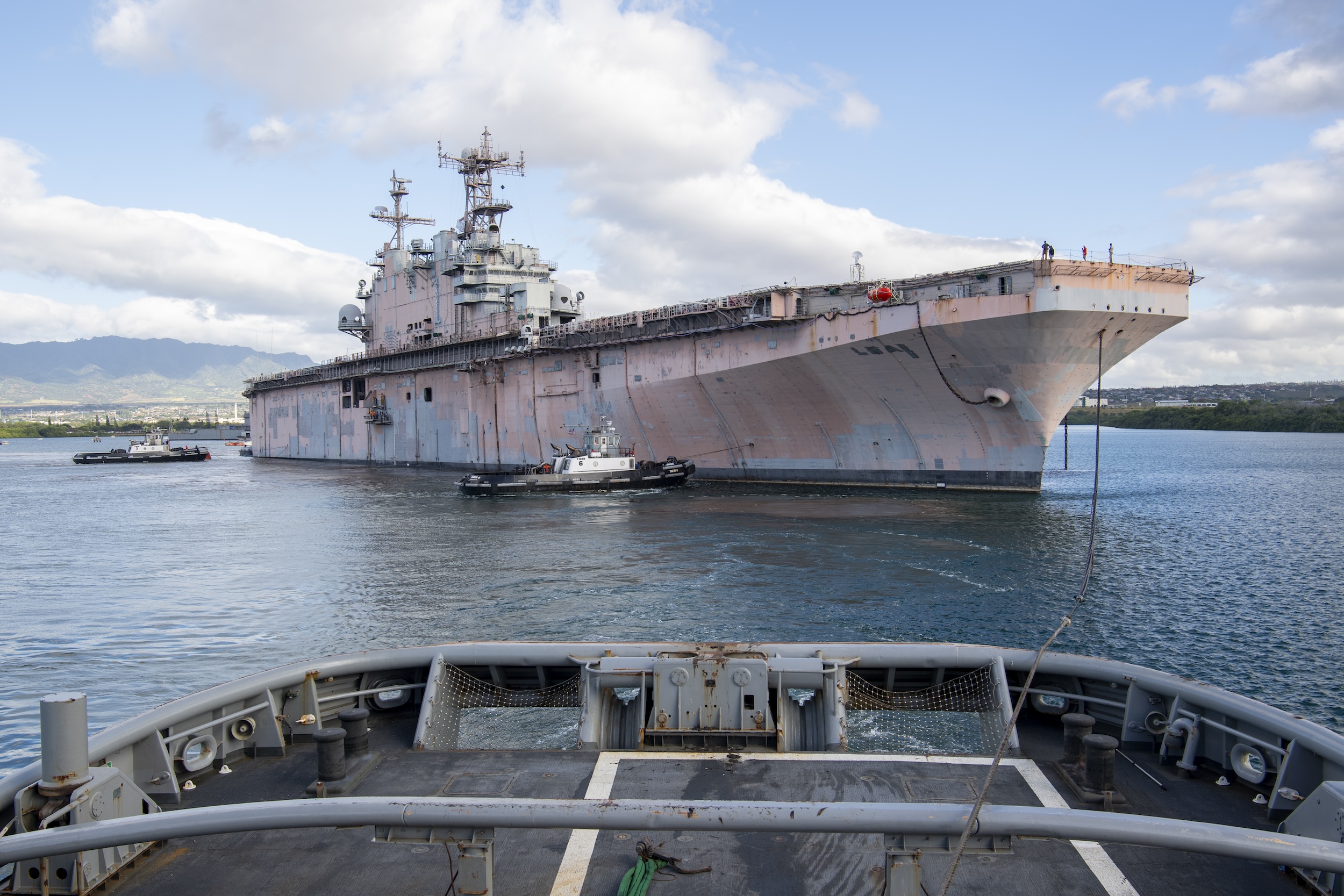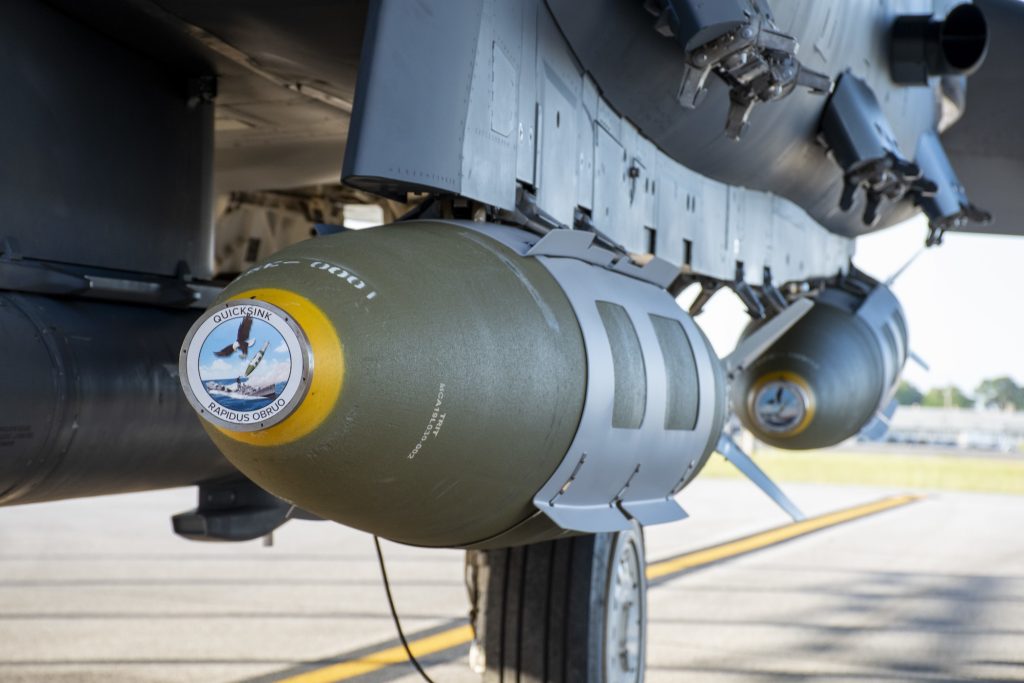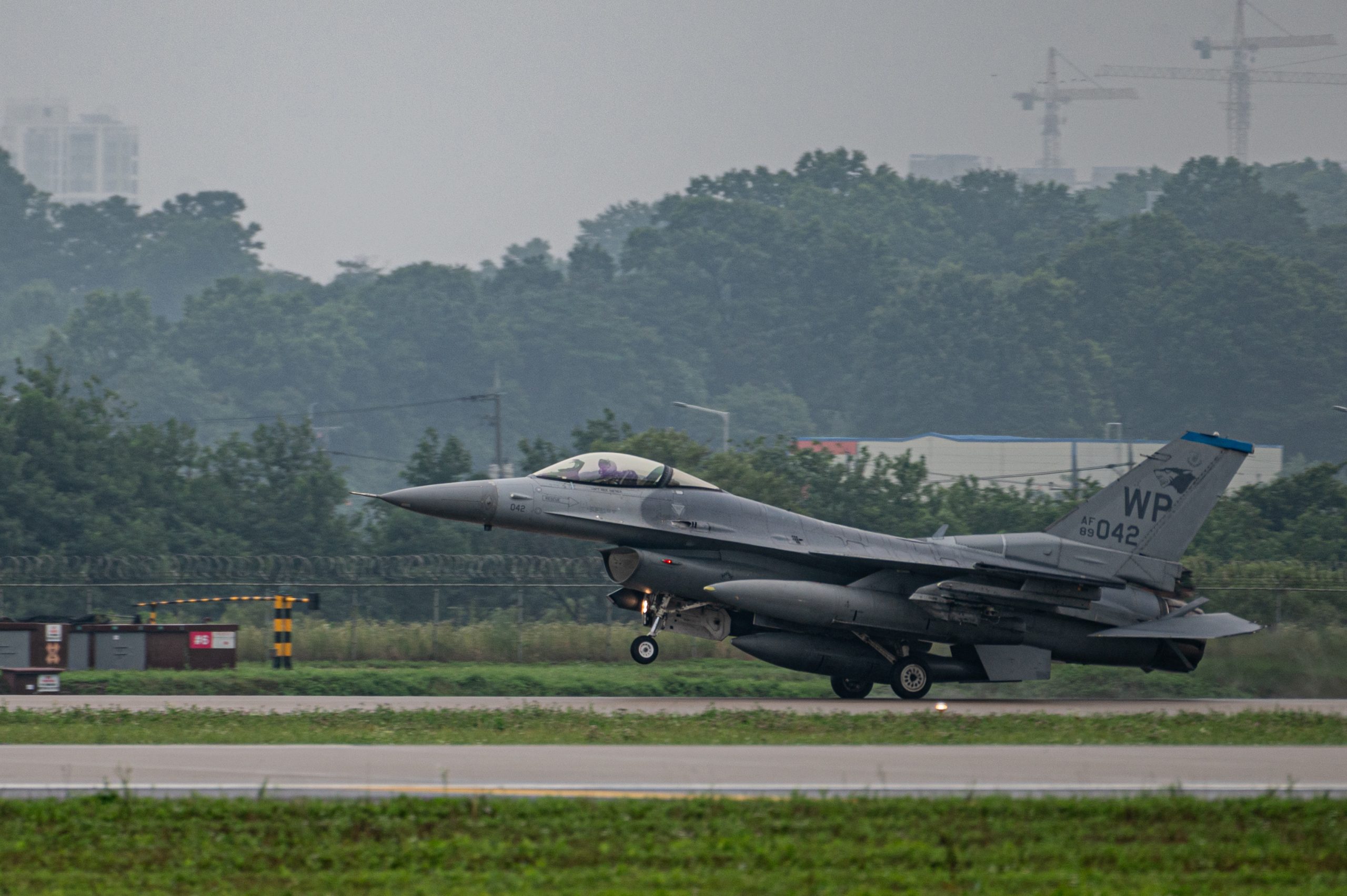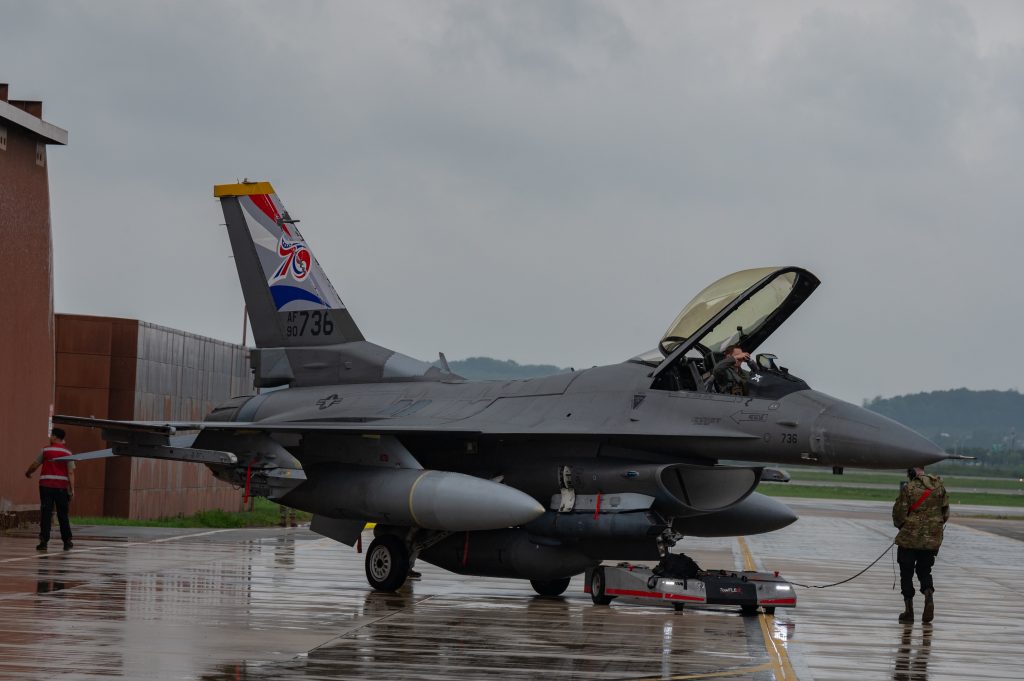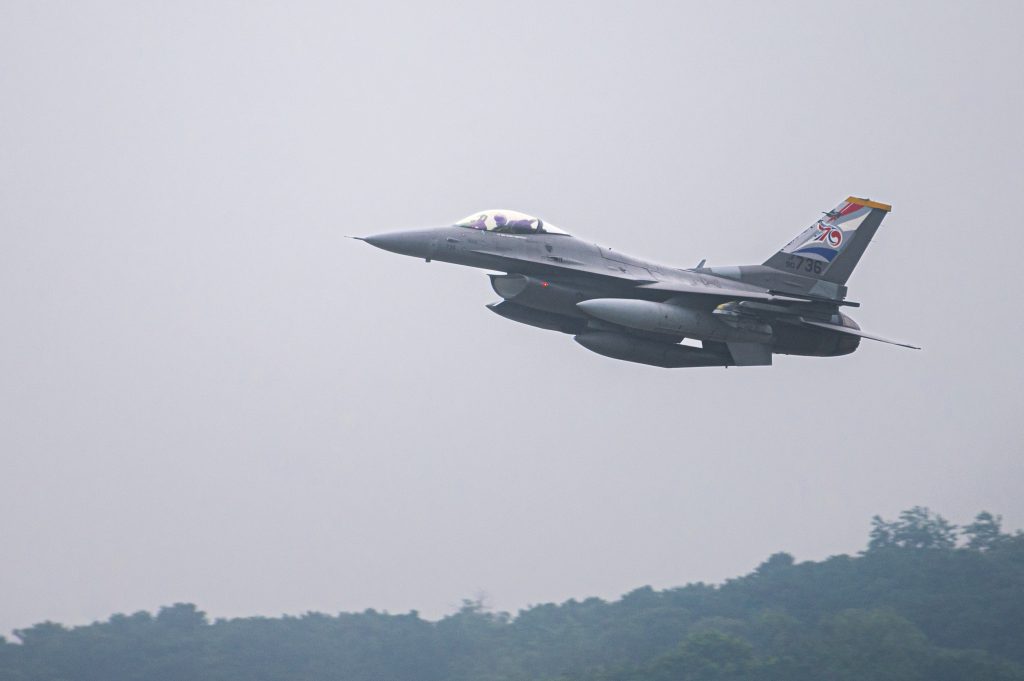Russian and Chinese bombers and fighters were intercepted off the coast of Alaska by American and Canadian fighters on July 24, marking a rare case in which aircraft from the increasingly aligned U.S. adversaries jointly ventured near U.S. territory.
Two Russian TU-95 Bear and two Chinese H-6 strategic bombers flew a mission the Alaska Air Defense Identification Zone (ADIZ), a buffer zone in international airspace near North America, NORAD. The event was the first time Russian and Chinese military aircraft entered the Alaska ADIZ at the same time, a U.S. defense official told Air & Space Forces Magazine. It was also the first time Chinese H-6s have encroached on the area, the official added.
American F-16s and F-35s and Canadian CF-18s were involved in the intercept, along with support aircraft, the defense official said.
“The Russian and PRC aircraft remained in international airspace and did not enter American or Canadian sovereign airspace,” NORAD said. Secretary of Defense Lloyd Austin III told reporters at the Pentagon on July 25 that the Russian and Chinese aircraft came within roughly 200 miles from sovereign U.S. airspace.
The Russian and Chinese bombers were on a combined patrol, flying together from the same Russian base, a person familiar with the matter told Air & Space Forces Magazine.
“This Russian and PRC activity in the Alaska ADIZ is not seen as a threat, and NORAD will continue to monitor competitor activity near North America and meet presence with presence,” NORAD said.
“I applaud the efforts of [U.S. Northern Command] and our great Airmen, who are always at the ready.”
Russia and China have become increasingly aligned against the United States and its allies since Russia’s 2022 invasion of Ukraine.
“This is first time that we seen these two countries fly together like that,” Austin said. “If it happens again, if there is any kind of challenge from any direction, I have every confidence that NORTHCOM [U.S. Northern Command] and NORAD will be at the ready.”
The Russian government provided their own account of the mission on July 25.
“Tu-95MS strategic bombers of the Russian Aerospace Forces and the Hong-6K strategic bombers of the Chinese People’s Liberation Army Air Force conducted a joint air patrol over the Chukchi Sea, the Bering Sea, and the northern part of the Pacific Ocean,” the Russian Defense Ministry said in a statement. “Russian and Chinese crews practiced cooperation while carrying out an air patrol mission in a new area. The Su-30SM and Su-35S aircraft of the Russian Aerospace Forces provided fighter cover.”
The Russians said the mission lasted five hours.
“I applaud the efforts of [U.S. Northern Command] and our great Airmen, who are always at the ready,” Austin said of the U.S.-Canadian intercept.
China has bolstered Russia’s military industry by providing it with microelectronics, machine tools, and other dual-use components, which have helped produce Russian weapons for its war in Ukraine. In 2023, 90 percent of Russia’s microelectronics imports, critical for the production of missiles, tanks, and aircraft, came from China, according to U.S. officials.
China has also provided nitrocellulose, a compound used to make explosives, as well as satellite imagery that Moscow has used for its invasion of Ukraine. At NATO’s 75th Anniversary Summit in Washington earlier this month, the 32 allies called on China to “cease all material and political support to Russia’s war effort.”
The U.S.’s latest Arctic Strategy, released July 22, also called out increasing Russian and Chinese military cooperation near North America. “We’ve seen growing cooperation between the PRC and Russia in the Arctic,” Deputy Secretary of Defense Kathleen Hicks told reporters earlier this week, using the acronym for the People’s Republic of China. She noted that China has become a “a major funder of Russian energy exploitation in the Arctic.”
The presence of the Chinese aircraft in the U.S. Air Defense Identification Zone was not unexpected. Last August, Russia and China conducted a large naval flotilla near Alaska that was shadowed by U.S. Navy ships. And Air Force Gen. Gregory M. Guillot, the head of NORAD, told the House Armed Services Committee in March that Chinese air operations in the U.S. Air Defense Identification Zone would likely come “as early as this year.”
The Russian Defense Ministry said the mission “was not directed against third countries.”
Editor’s Note: This article was updated on July 25 to include comments from Secretary of Defense Lloyd J. Austin III.
